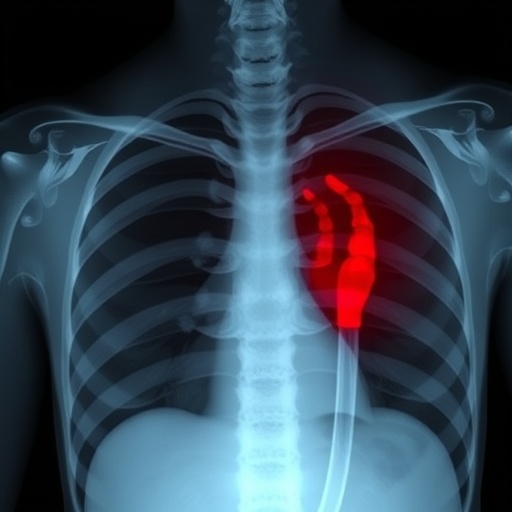Successful results of a University of Liverpool-led trial that utilised nanotechnology to improve drug therapies for HIV patients has been presented at the Conference on Retroviruses and Opportunistic Infections (CROI) in Seattle, a leading annual conference of HIV research, clinical practice and progress.
The healthy volunteer trial, conducted by the collaborative nanomedicine research programme led by Pharmacologist Professor Andrew Owen and Materials Chemist Professor Steve Rannard, and in collaboration with the St Stephen's AIDS Trust at the Chelsea & Westminster Hospital in London, examined the use of nanotechnology to improve the delivery of drugs to HIV patients. The results were from two trials which are the first to use orally dosed nanomedicine to enable HIV therapy optimisation.
Manipulation of matter
Nanotechnology is the manipulation of matter on an atomic, molecular, and supramolecular scale. Nanomedicine is the application of nanotechnology to the prevention and treatment of disease in the human body. By developing smaller pills that are better for patients and less expensive to manufacture, this evolving discipline has the potential to dramatically change medical science and is already having an impact in a number of clinically used therapies and diagnostics worldwide.
Currently, the treatment of HIV requires daily oral dosing of HIV drugs, and chronic oral dosing has significant complications that arise from the high pill burden experienced by many patients across populations with varying conditions leading to non-adherence to therapies.
Developing new therapies
Recent evaluation of HIV patient groups have shown a willingness to switch to nanomedicine alternatives if benefits can be shown. Research efforts by the Liverpool team have focused on the development of new oral therapies, using Solid Drug Nanoparticle (SDN) technology which can improve drug absorption into the body, reducing both the dose and the cost per dose and enabling existing healthcare budgets to treat more patients.
The trial results confirmed the potential for a 50 percent dose reduction while maintaining therapeutic exposure, using a novel approach to formulation of two drugs: efavirenz (EFV) and, lopinavir (LPV). EFV is the current WHO-recommended preferred regimen, with 70% of adult patients on first-line taking an EFV-based HIV treatment regimen in low- and middle-income countries.
The trial is connected to the University's ongoing work as part of the multinational consortium OPTIMIZE, a global partnership working to accelerate access to simpler, safer and more affordable HIV treatment. Funded by the U.S. Agency for International Development, OPTIMIZE is led by the Wits Reproductive Health & HIV Institute in Johannesburg, South Africa, and includes the interdisciplinary Liverpool team, Columbia University, Mylan Laboratories and the Medicines Patent Pool (MPP). OPTIMIZE is supported by key partners including UNITAID and the South African Medical Research Council (SAMRC).
Potential applications
Benny Kottiri, USAID's Office of HIV/AIDS Research Division Chief, said: "The potential applications for HIV treatment are incredibly promising. By aligning efforts, these integrated investments offer the potential to reduce the doses required to control the HIV virus even further, resulting in real benefits globally. This would enable the costs of therapy to be reduced which is particularly beneficial for resource-limited countries where the burden of disease is highest."
To watch the presentation please follow the link http://www.croiwebcasts.org/console/player/33376?mediaType=slideVideo&
For more information about the Conference on Retroviruses and Opportunistic Infections please visit http://www.croiconference.org.
###
Media Contact
Simon Wood
[email protected]
44-151-794-8356
@livuninews
http://www.liv.ac.uk
############
Story Source: Materials provided by Scienmag




